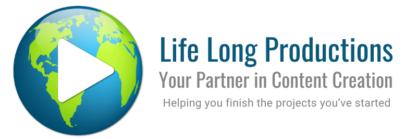Worksheets and checklists offered as part of small bundle packs for clients going through programs or courses is often a great upsell. These materials are often used to enhance the learning experience, facilitate organization, and provide actionable guidance. Here’s how they can be effectively used:
- Learning Enhancement: Worksheets and checklists can reinforce the key concepts and takeaways from your program. They provide a structured way for clients to engage with the material, helping them better understand and retain information.
- Application: These tools can assist clients in applying what they’ve learned to real-life situations. For instance, if your program is about goal setting, you can provide a goal-setting worksheet that helps clients define their goals, break them down into actionable steps, and track their progress.
- Organization: Worksheets and checklists can help clients stay organized. They can be used to outline weekly tasks, create schedules, or manage project timelines. This can be particularly useful in programs that involve multiple steps or phases.
- Accountability: By providing clients with checklists, you can encourage accountability. Clients can check off completed tasks, which can be a motivating factor in staying on track with your program.
- Customization: These materials can be tailored to specific program modules or client needs. You can create different worksheets and checklists for various stages of your program or offer customization options to suit individual client goals.
- Visual Aid: Visual learners often benefit from worksheets and checklists as they provide a visual representation of progress. They can see what they’ve accomplished and what still needs to be done.
- Resource Compilation: In bundle packs, you can include worksheets and checklists alongside other resources such as templates, guides, and reference materials. This creates a comprehensive package for clients.
- Feedback and Reflection: Worksheets can include sections for clients to reflect on their progress, jot down insights, and provide feedback. This can be valuable for both you and your clients to assess the effectiveness of the program.
- Tracking and Metrics: You can incorporate metrics into checklists to help clients track their progress quantitatively. This can be particularly useful for programs with clear, measurable objectives.
- Continued Engagement: Even after the program has concluded, clients may refer back to the worksheets and checklists for ongoing support and guidance.
Overall, worksheets and checklists can be powerful tools for enhancing the client experience in your programs, promoting engagement, and helping clients achieve their goals. They are versatile and can be adapted to various types of programs, from coaching and personal development to educational courses and business consulting.




